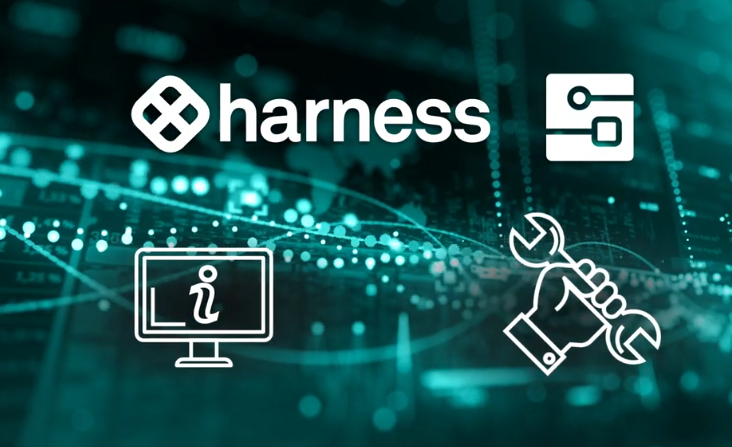 APPS
APPS
 APPS
APPS
 APPS
APPS
Harness Inc., the software delivery platform startup that provides tools for developers to update and monitor their applications on the fly, today announced a major update aimed at helping enterprises dramatically scale up their application development efforts.
The latest release of the Harness Internal Developer Portal is meant to address challenges such as the need for more granular access control and application programming interfaces, as well as flexible entity creation and management, while providing a more intuitive experience for users, the company said.
The Harness IDP is a software delivery-as-a-service platform that leverages machine learning algorithms to monitor new software releases in case they create problems for developers. The service makes it easier for users to understand what’s happening in an application’s baseline environment. If a new update starts acting up, they can initiate an automatic rollback to the previous version of that app.
The platform is designed to support, among other aspects of software delivery, continuous integration and continuous deployment or CI/CD methodologies. That’s a practice where companies push out frequent updates for their software and applications, often several times a day. Historically, developers would release new features in their software only once every few weeks or months.
Harness IDP is built atop an open-source project known as Backstage, extending that platform to make it easier for users to configure, adapt and maintain, while adding features that help it scale for large enterprises.
In a blog post, Harness Senior Director of Product Manisha Sahasrabudhe explained that though Backstage is ideal for teams that don’t have stringent requirements for access control or the need to scale beyond a few hundred developers, its architecture can cause problems for those that do.
As such, the focus of the new release is on fixing those issues. Many of the new updates aim to scale Harness IDP while providing more granular access controls, with the ability for users to create catalog entities and workflows that are scoped at the project, organization or account level. It’s a new feature that’s meant to make it easier to organize everything from services to APIs and documents to workflows into a hierarchy that mirrors the company’s real-world organizational structure, Sahasrabudhe said.
Beyond the permissions based on project, organization and account membership enabled by that update, IDP is also getting entity-level granularity for role-based access controls. This will enable teams to explicitly share catalog entities via roles, users or user groups, while setting permissions for read, create, edit, delete and execute access.
The release also introduces a new, real-time and highly scalable “Git-based” experience for catalog entities, which can now be instantly updated via webhooks when the corresponding YAML configuration file is updated in Git. Sahasrabudhe said this will eliminate the need for polling and manual refreshes. In addition, the IDP catalog has been enhanced to scale to “tens of thousands of entities” without hitting API rate limits.
As for the catalog user interface, it too has been given a fresh lick of paint. According to Sahasrabudhe, the new UI is much more intuitive, enabling users to filter views to suit their own preferences. For instance, they can organize the UI based on components and APIs owned by their team, or those available organization-wide. Meanwhile, Harness is trying to enhance visibility into DevOps maturity and security with the native integration of scorecards within the catalog view, while entity pages now clearly show important details such as their scope, ownership and references.
The rest of the updates are more focused on the user experience and giving teams more flexibility in terms of their catalog entities. For instance, these can now be created directly via the Harness IDP user interface via a guided, form-based experience, without the need to create a YAML file in Git first. It’s a significant update that allows developers without knowledge of YAML syntax to create entities, lowering the barrier to entry for the Harness platform.
Another update enables API-based catalog management. The new Harness-native APIs can be used to create and manage catalog entities, unlocking the potential for much greater automation in terms of auto-discovery, auto-population and building command line interfaces and Terraform providers, Sahasrabudhe said.
All of the new features are available in the latest version of Harness IDP, which is being made available today.
Support our mission to keep content open and free by engaging with theCUBE community. Join theCUBE’s Alumni Trust Network, where technology leaders connect, share intelligence and create opportunities.
Founded by tech visionaries John Furrier and Dave Vellante, SiliconANGLE Media has built a dynamic ecosystem of industry-leading digital media brands that reach 15+ million elite tech professionals. Our new proprietary theCUBE AI Video Cloud is breaking ground in audience interaction, leveraging theCUBEai.com neural network to help technology companies make data-driven decisions and stay at the forefront of industry conversations.